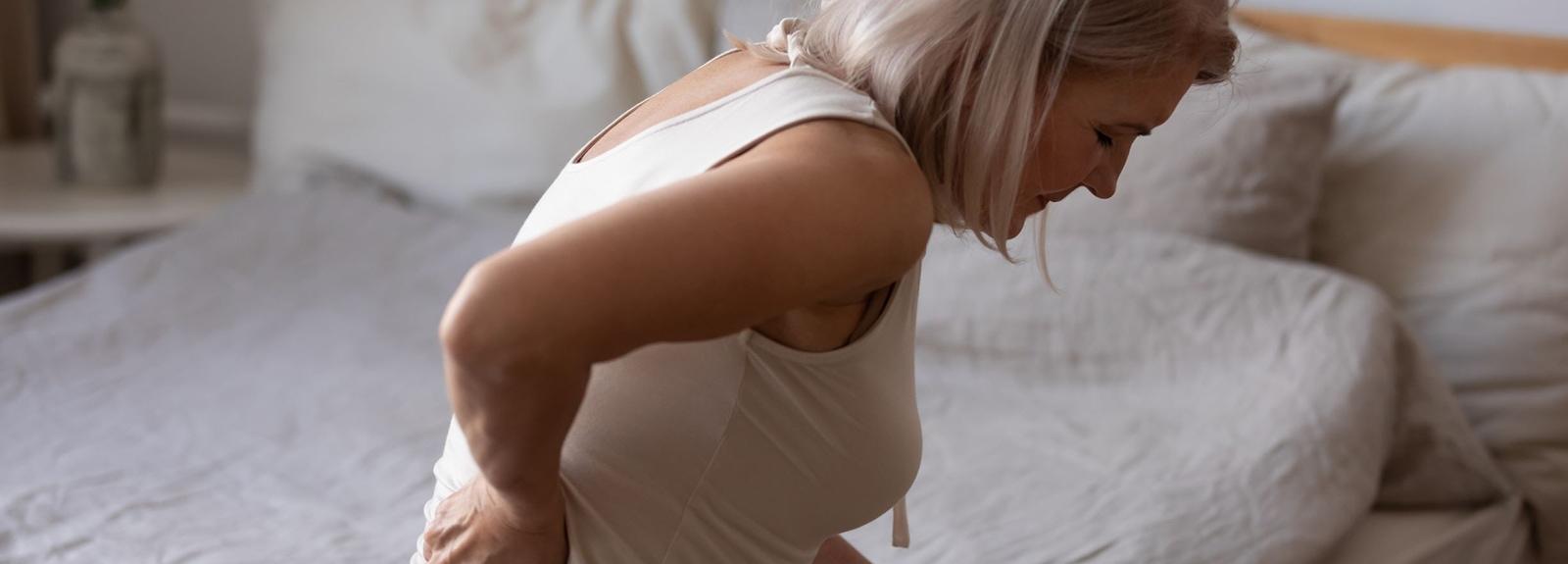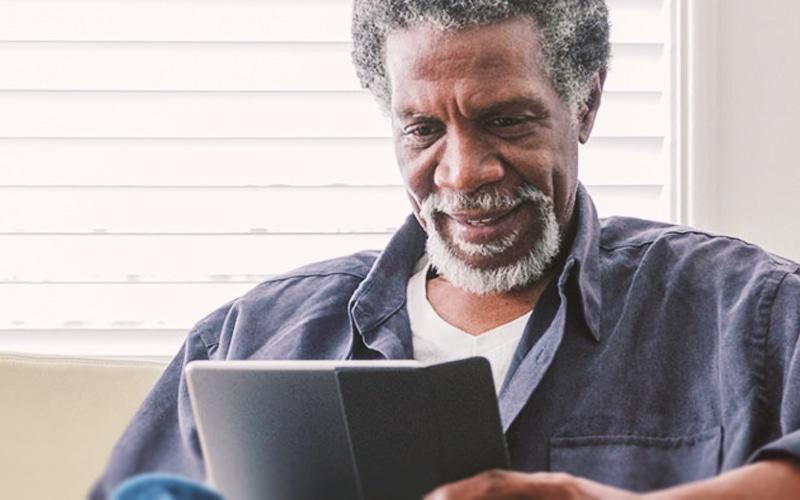
Managing Pain
You may or may not experience pain with a diagnosis of osteoporosis. There are several reasons why an individual with osteoporosis might experience pain:
- As described above, fractures are painful. The acute pain normally subsides by the end of the healing and rehabilitation period (six to eight weeks).
- A series of compression fractures in the spine can also result in pain. When the spine collapses from these fractures, it curves over, pushing the stomach forward. This affects the ribs, which often end up sitting on the pelvic bone. The rubbing of bone against bone is the source of this pain.
- Muscle spasms are also known to cause pain in people with osteoporosis. They are the result of nerves being pinched as one’s muscles tense to protect the joints, and in turn the bones.
- In some individuals, the microscopic fractures that can occur as bone thins can be experienced as painful. One patient described the sensation as “having a toothache deep in the bone.”
An accurate diagnosis of your pain is very important. More chronic back pain is caused by degenerative disc disease or osteoarthritis than by osteoporosis. With an accurate diagnosis, you will be better able to develop a pain management program that works for you.
People experience pain differently. Therefore, the way they choose to address the problem will vary. The following options are available:
- Relaxation techniques
- Meditation
- Gentle massage
- Light stretching/strengthening exercises
- Applications of heat and ice
- Acupuncture
- Transcutaneous Electrical Nerve Stimulation (TENS)
- Ultrasound
- Pain medication
- A brace or support (only as a temporary measure)
- Physical activity. Often when people are in pain, they do not feel like moving. But sitting still is not good for your bones or your pain. Find ways to move that accommodate your condition. Walking, even if inside your home or apartment, is a desirable exercise because it forces your major bones to bear the weight of your body (what we refer to as weight-bearing exercise). As you feel stronger, you can begin a formal exercise program that incorporates other weight-bearing exercises.
There are several types of professionals who can assist you with these pain management techniques, including massage therapist, acupuncturist, chiropractor, stress management counsellor or meditation teacher. Your family doctor will be able to refer you to someone who specializes in pain management.
Read “Osteoporosis and Pain – Helping Your Body Help Itself” in the OC Blog.


